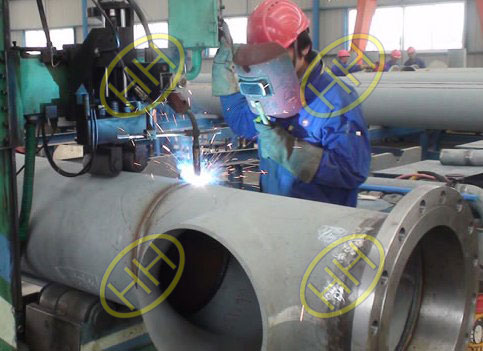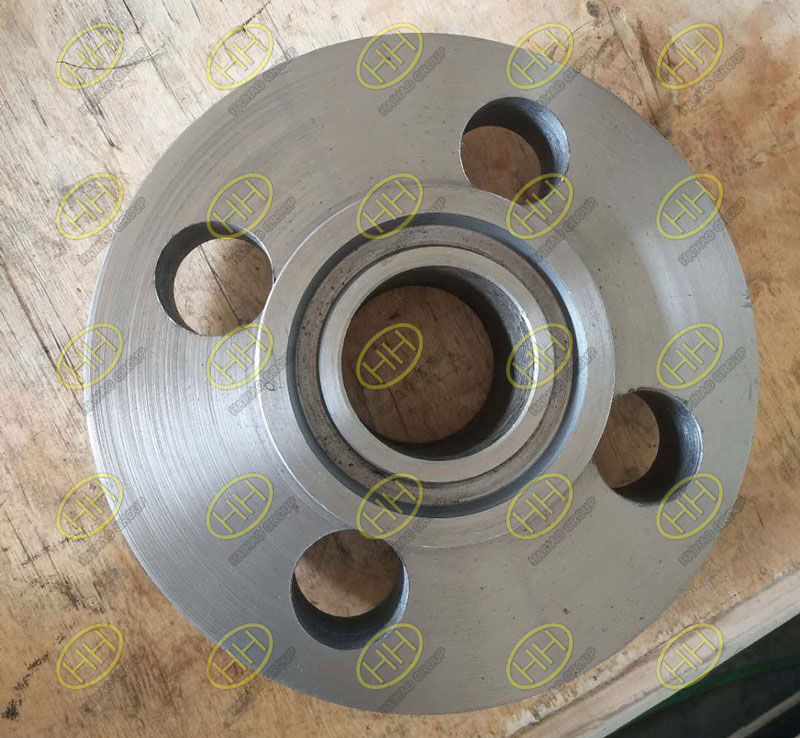The difference between butt welding and socket welding
Butt welding and socket welding are two common methods of pipe connection, and they differ significantly in several ways. Here are the two types of welding
1.The main differences in connection mode:
Butt welding is to place the welds respectively between two clamping devices, so that their end faces are aligned, and the contact point is heated for welding. This method requires the same or similar cross-section size and shape at the contact point of the weldment to ensure uniform heating of the contact surface of the weldment. Butt welding is mainly used to manufacture closed parts (such as bicycle rim, steel window, etc.), rolling length (such as steel pipe, steel bar, etc.) and welding of heterogeneous materials. Butt welding is widely used because of its high productivity and easy automation.
Socket welding is the welding of a pipe into a valve body or other pipe component, and is usually shaped to resemble an internal threaded connection. This connection method is mostly used for the welding of carbon steel pipes and stainless steel pipes of small caliber (such as less than 2″).
2.The difference between weld type and strength
Butt welding is formed by butt welding, and the strength and stress of the weld is usually better than that of socket welding, so it is more suitable for butt welding in situations with higher pressure levels and poor use conditions.
Socket welding is a fillet weld, and the strength and stress of the weld may be slightly lower than that of butt welding.
3.Different application scope
Butt welding is generally used for pipe connections above DN40, especially in situations requiring high strength and excellent mechanical properties. Socket welding is generally used for small pipe diameter connections less than or equal to DN40, such as small diameter valves and pipelines, pipe fittings and pipeline welding, which is more economical. In addition, socket welding in small diameter pipe is more suitable for socket welding because of its thin wall thickness, easy to mis-edge and ablation, so it is more difficult to butt welding.
4.Inspection and quality control
Butt welding: Due to its high requirements for weld quality and performance, it is usually necessary to conduct 100% inspection tests (such as X-ray inspection) to ensure that there are no leaks and other quality problems.
Socket welding: Although a certain amount of quality control measures are also required, it is usually not necessary to perform as strict flaw detection tests as butt welding, and simpler methods such as magnetic powder or penetration testing may be used.
5.Other differences
Diameter requirements: The diameter of the welded pipe must be large and small for insertion welding; Butt welding has no strict requirements on the diameter, and pipes of the same or different diameters can be butt welded.
Welding process: The welding process of the two is also different. Socket welding pays more attention to the precision of pipeline insertion and positioning, while butt welding pays more attention to the uniform heating and welding quality of the end face of the weldment.
As a professional pipeline supplier, Haihao Group can provide various types of pipe fittings and flanges. If you want to know more about g pipeline products, please feel free to contact us at sales@haihaogroup.com



